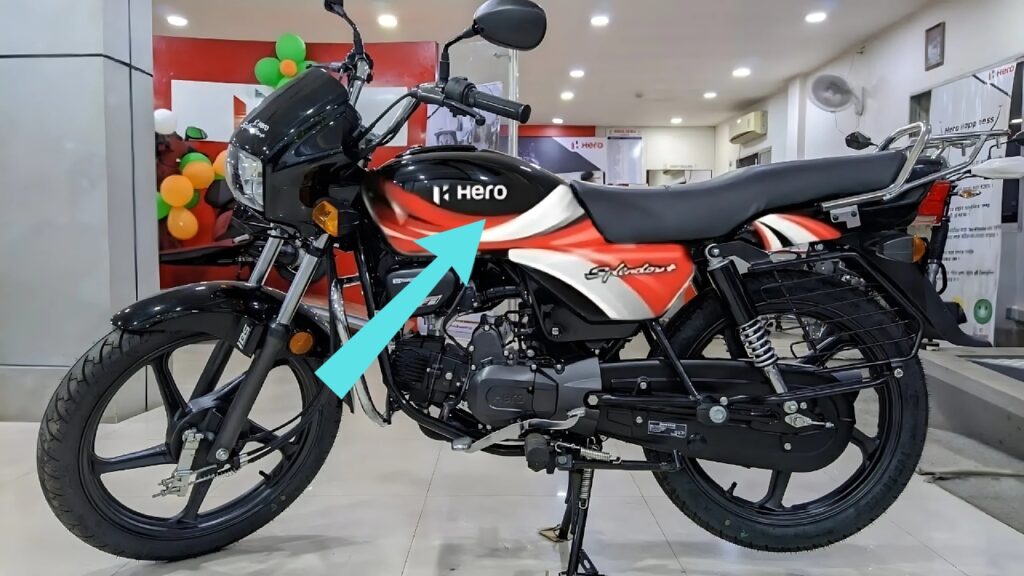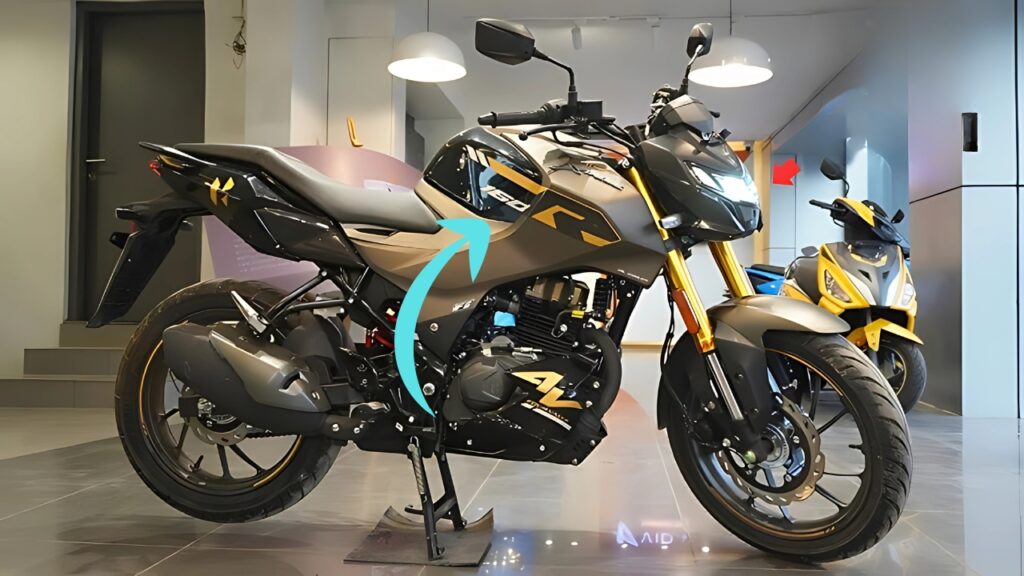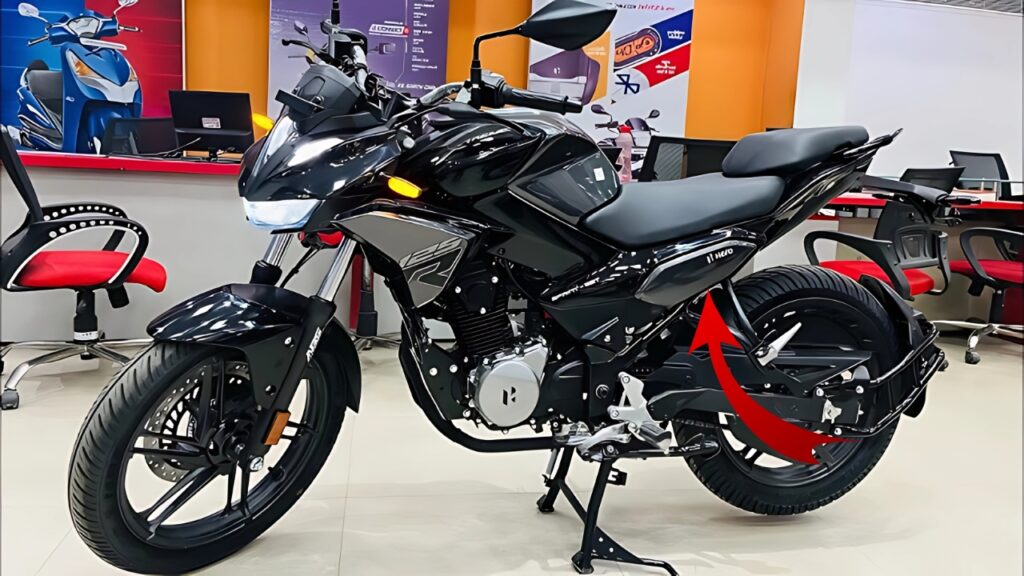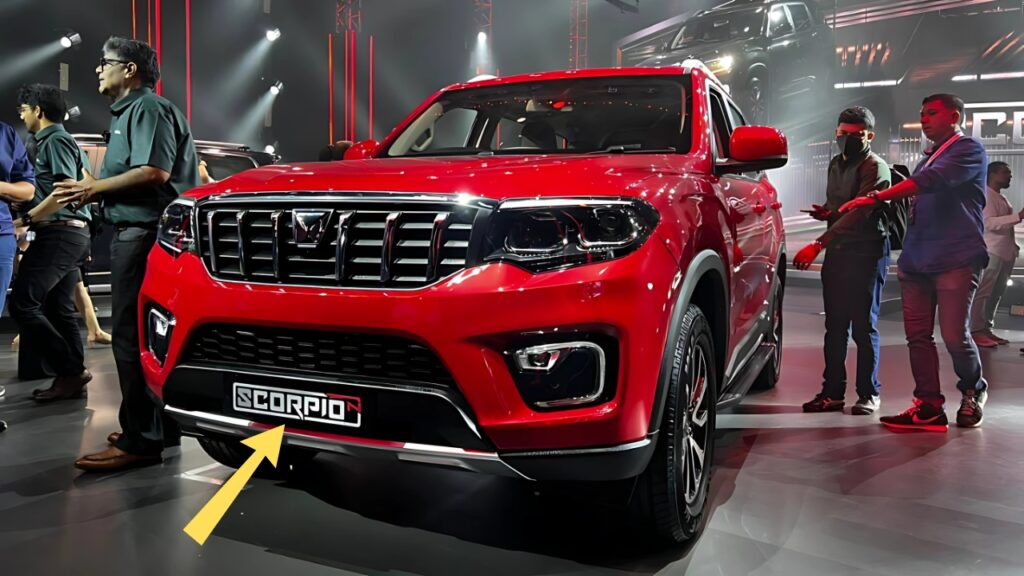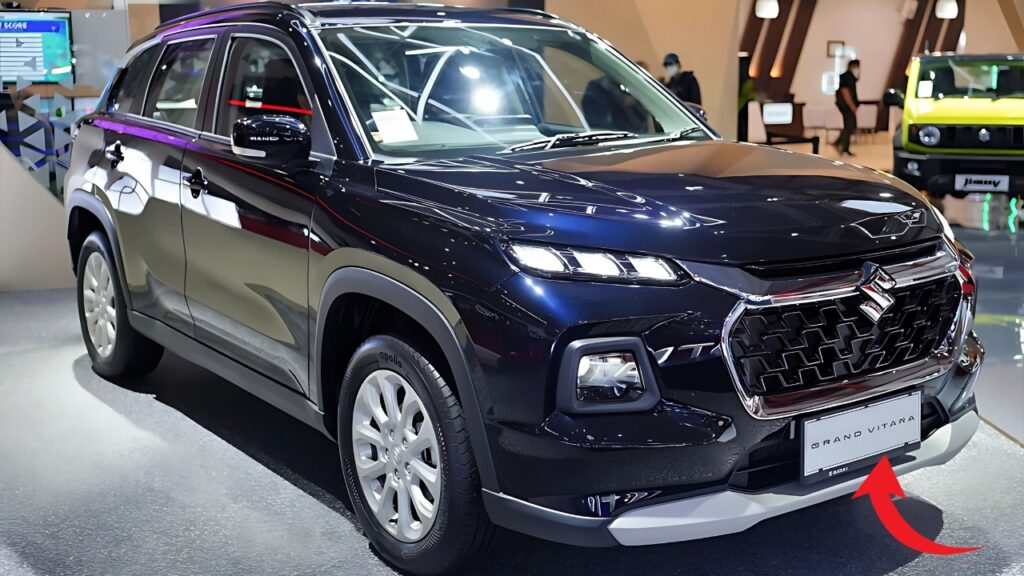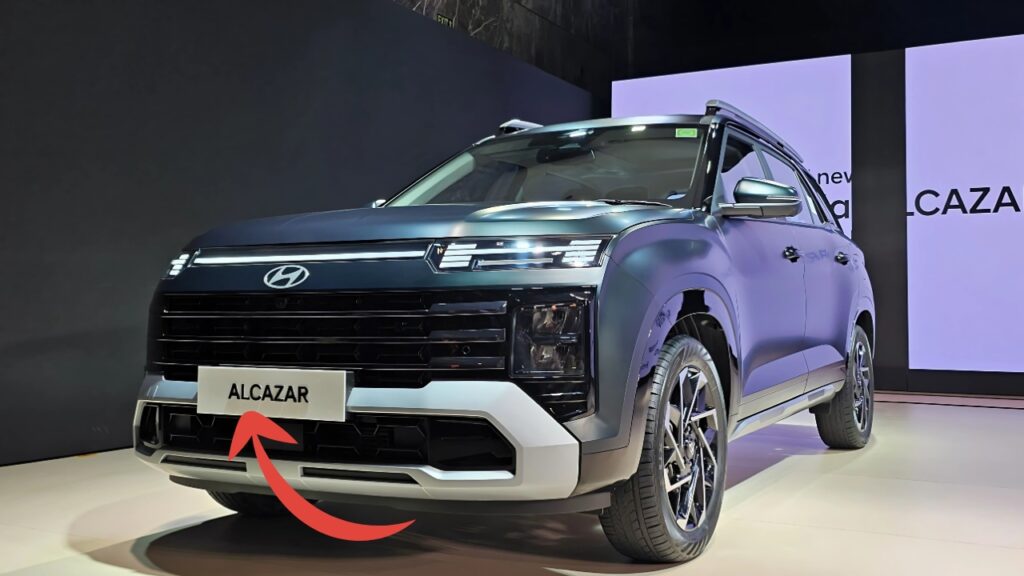Yamaha Bolt 250: To keep in line with the design language of its bigger siblings, a Bolt 250 would likely stick to the stark, elemental aesthetic the Bolt family is known for.
The tear-drop fuel tank, circular headlamp, and bobbed fender result in a silhouette that evokes classic American cruisers, but the distinctly Japanese approach to engineering and attention to detail means there’s nothing tacky about it.
With a seat height of around 690mm, the low-slung profile would make for an exceptionally accessible riding position, perfect for newer or shorter rider who want to feel confident at low speeds and at stops.
Instrumentation, then, would follow the minimalist path set by the larger Bolt, including a digital-analog setup that delivers only what you need without excessive frippery.
With visual customization at the forefront, the Bolt 250 would be offered in varying color options—likely matte black, vintage-themed solid colors, or even two-tone options—which could serve as a strong reminder of what this model originally represented.
Finally, the exposed frame elements and mechanical components would be given a more prominent position in defining the motorcycle’s authentic character instead of burying these parts under excessive bodywork.
Table of Contents
Yamaha Bolt 250: Engine and Performance
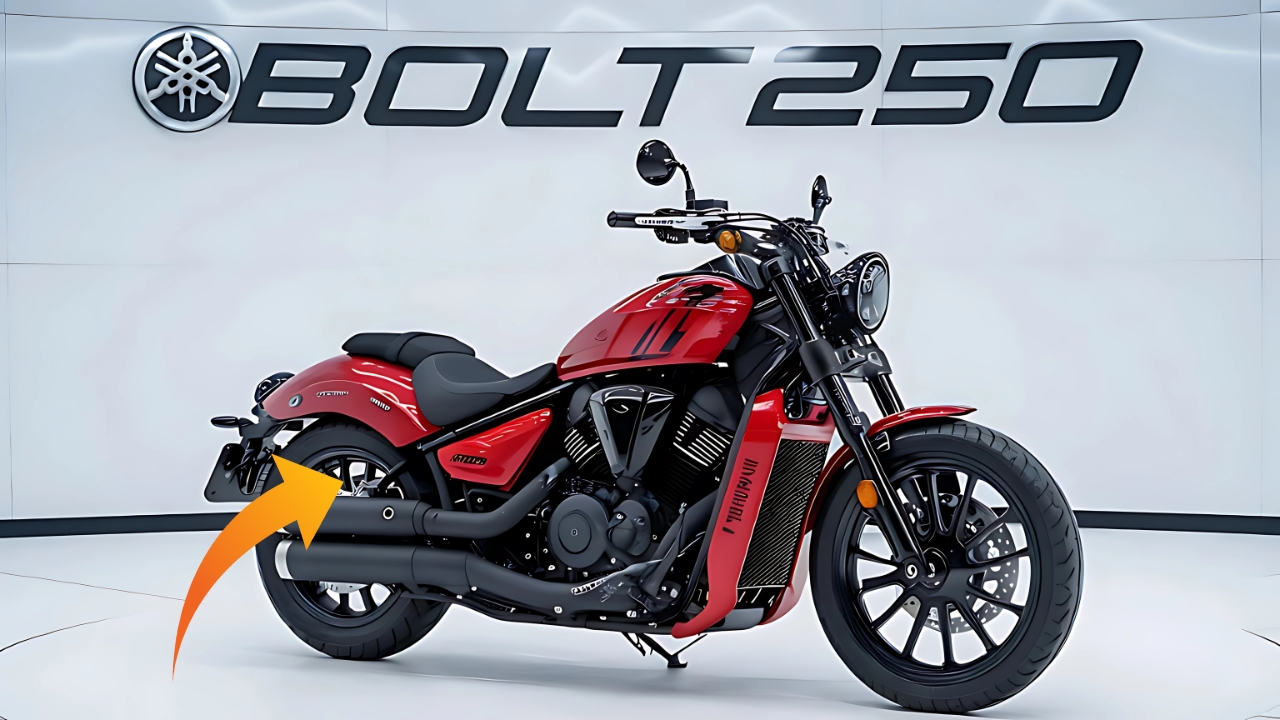
Powering this small cruiser would have been an air-cooled 250cc single-cylinder engine good for about 20 bhp and 18 Nm of peak torque.
These numbers may seem low when compared to many larger displacement machines, but offer good performance for the bike’s obvious urban and light touring intent, all while returning excellent fuel economy.
Now, while you are aiming for a smaller displacement, the character of the engine would lean towards low-end and mid-range torque, not top-end performance, but the overall riding experience would be true to cruiser expectation.
Instead, the power delivery would emphasize smooth, linear response that builds rider confidence, instead of terrifying new riders with aggressive throttle response.
Ditto for the five-speed transmission, with spread ratios appropriate for city living and occasional highway jaunts, and light clutch pull for less fatigue building up on urban rides.
The belt final drive that is a Bolt family signature would ensure smooth, quiet operation requiring much less maintenance than chain-driven alternatives.
Chassis and Handling
The Bolt 250 would use a compact double-cradle frame developed for its dimensions and weight; for handling characteristics that balance cruiser-like stability with more nimble responses desirable in an urban environment.
Though it would hurt slow-speed maneuverability, the low center of gravity would provide confidence-inspiring stability during higher speed cruising.
Suspension would consist of conventional chromed telescopic forks up front and twin rear shock absorbers, adjustable for preload, that would give enough compliance for different road surfaces while retaining the relatively firm ride quality expected of a performance-oriented cruiser.
A little bit of ground clearance would help reconcile the low-slung shape with the realities of urban riding (speed bumps, driveway entrances, etc.).
Braking performance would be supplied by a single disc with a two-piston caliper at the front, while a drum or single-disc setup would be used at the rear, depending on market and price positioning.
Should feature ABS as standard in most markets, which is a bonus safety margin especially for newer riders.
Riding Experience
A riding experience defined by accessibility and confidence — that’s what the Bolt 250 would deliver.
The upright riding position with reasonably forward-set footpegs would yield classic cruiser ergonomics without the extreme stretched consideration of many larger machines—a comfortable compromise for riders of varying physical dimensions.
The slim waist where the tank meets the seat should facilitate flat-footing at stops for added confidence while riding in urban spheres, the handlebar position should provide good leverage to low-speed maneuvers but with no excessive reach and an uncomfortable wrist angle.
The engine’s character would match these physical traits with a predictable power delivery that invites smooth control inputs.
Vibration levels would be controlled via mounting the engine correctly and internal balancing, generating a mechanical link that communicates the single-cylinder nature without conveying too much harshness.
Yamaha Bolt 250
The Yamaha Bolt 250 is not a confirmed production vehicle so much as a theoretical derivative of the existing platform, but it’s a fascinating concept that could help to open the doors of cruiser ownership to new riders, alongside those looking for a more manageable mount for mostly urban riding.
Reformulating the proven Bolt design language and riding dynamics to suit a smaller, more efficient package, such a motorcycle would offer a genuine cruiser experience without the paralyzing size, weight, and power characteristics of largescale hardware.
That might make this approach especially applicable in markets where licensing restrictions, urban density, or economy tilt the balance toward favoring smaller displacement motorcycles.
As manufacturers seek new ways to draw in new riders and broaden their appeal across a wider variety of markets, concepts like the Bolt 250 are indicative of how some of the more established categories in motorcycling can change to better serve shifting rider preferences and real-world needs and/or budgets while still retaining their fundamental character and draw.
